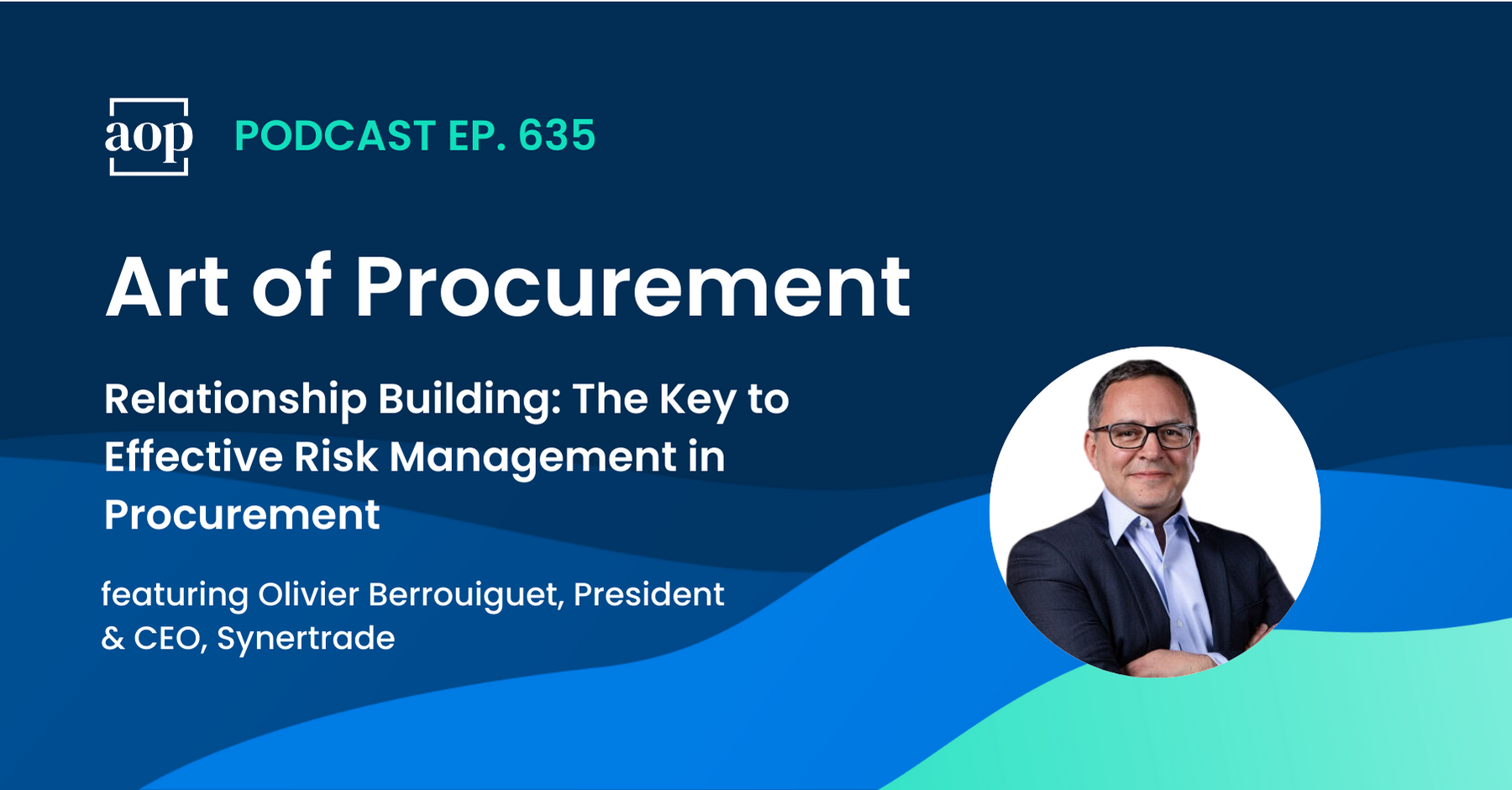“Nemawashi is generally something we do on a yearly basis. Is it tedious? Yes. Is it easy? No. Does it take a lot of time? Yes. Is it worth it? Hell yes!” – Réda Guiri, Head of Group Outsourcing & Procurement, Toyota Insurance Services Europe
Change management. Digital transformation. Large stakeholder networks. Silos. Decision by committee.
What do these familiar scenarios have in common?
They can all make it much harder for procurement to achieve 100 percent stakeholder buy-in and alignment with company leadership, especially during periods of great change.
Traditional methods for securing buy-in can address some of these roadblocks, but even then, when the change is implemented, procurement is usually left with a segment of unhappy, unsatisfied stakeholders and a lot of work on the back-end of a project that has to be fixed, redone, or thrown out all together. Talk about inefficient…
Sometimes procurement has to look for new solutions to old problems.
In a this Art of Procurement podcast episode, I interviewed Réda Guiri, Head of Group Outsourcing and Procurement, Toyota Insurance Services Europe, about the concept of nemawashi and how procurement can use it to improve decision making and drive better outcomes for the business.
What is Nemawashi?
Although it is difficult to translate exactly, nemawashi is a Japanese term that means something like “laying the groundwork” or “turning the roots.” The concept literally refers to the agricultural practice of carefully and slowly digging out the roots of a tree before transplanting it to its new location, giving it the best chance at survival.
In a business context, nemawashi is a specific approach to communication and consensus-building that involves multiple rounds of conversations and significant amounts of preparation with every stakeholder before a final decision or change is made or implemented or before it is presented to a senior leader for greenlighting.
The core idea is to spend the time and effort ahead of a change management announcement to ensure every stakeholder is heard, every perspective is considered and incorporated, and there is total alignment across all stakeholders and decision makers.
It’s not a quick and easy process, but one that’s well worth it, said Réda. “Nemawashi takes a lot of time,” he said. “But, once you have done it, once you have had the consistency, discipline, and patience to go through it, once you have the final decision, then you can be confident that that decision truly is final.”
The Nemawashi Advantage for Procurement
Nemawashi is especially helpful for procurement when they are navigating periods of significant change that will have a big impact on the business or on operations, said Réda. These scenarios usually require buy-in from a large number of stakeholders across the business, all with different (even competing) expectations, priorities, and desired goals. It’s a complex landscape for procurement to traverse, much less lead the business through.
Nemawashi gives procurement a strategic framework to manage all of the stakeholder input, validate it, and incorporate it into the plan before it’s approved or executed on. The greatest benefit here, says Réda, is once a decision is reached – however large or disruptive it might be – procurement (and the business) can be confident that every voice was heard and there will be no need to back track or retroactively adjust.
“When you’ve used a nemawashi approach, the final decision is final,” he said. “We’ve heard all of the representative voices, so once that decision is made, that’s it, and we move on. There’s no re-decision meeting. No debating and disagreeing after the fact.”
While gathering everyone’s input and validating buy-in over multiple rounds of collaboration can be time-consuming and difficult, achieving this kind of consensus across the stakeholder network and with company leadership makes all that front-end effort well worth the trouble it in the long run, said Réda.
“Once you’re ready to execute, everyone is already on board. Anyone who could have said ‘but I disagree with this point or that point’ will have already been familiar with the framework and have had their say into it.”
Putting Nemawashi Into Action
One of the first steps in nemawashi is identifying the stakeholders and decision makers. Where nemawashi differs from other traditional methods of stakeholder management is that this initial list should be exhaustive and not at all limited to the final cohort of decision makers.
“You need stakeholders who are independent from the hierarchy within the company,” said Réda. He recommends pulling together a list of different profiles from across the business, at different levels, even in the most unexpected places.
“Look in marketing, in HR, in distribution, C-suite directors, engineers, even working students. You might have some of the most brilliant ideas come from people who have no direct experience with the subject matter,” he said. “Having those fresh eyes and asking new questions will make the experts think ‘oh! We’ve never thought about it that way.’”
Procurement can then leverage data to drive multiple rounds of conversations with the stakeholders, encouraging total transparency and feedback along the way.
But, he says, nemawashi doesn’t mean every single stakeholder has to agree on every single point. That’s an unrealistic goal, and, if pursued, usually ends in subpar outcomes for everyone.
“At the end of the day, nemawashi is not about agreement, it’s about alignment, and agreeing on disagreements respectfully,” said Réda.
Through this meticulous approach to communication and collaboration, every stakeholder feels heard and knows that their contribution and 11perspective have been validated. Then, he says, once the final decision is made, adoption is all but a given.
“Nemawashi is long-term thinking,” he said. “It gives you a sustainable setup and a sustainable decision that’s going to last.”
Subscribe to Art of Procurement
Apple | Stitcher | iHeart Radio | Email






